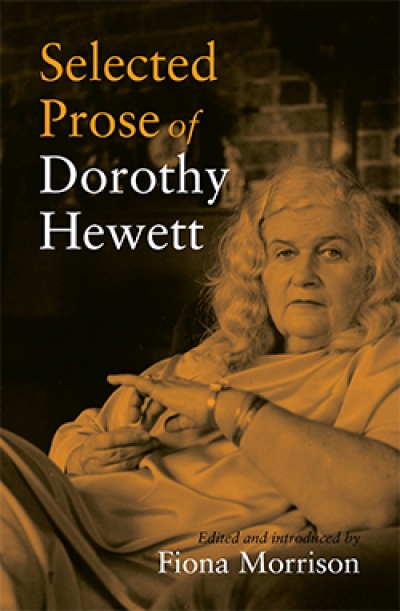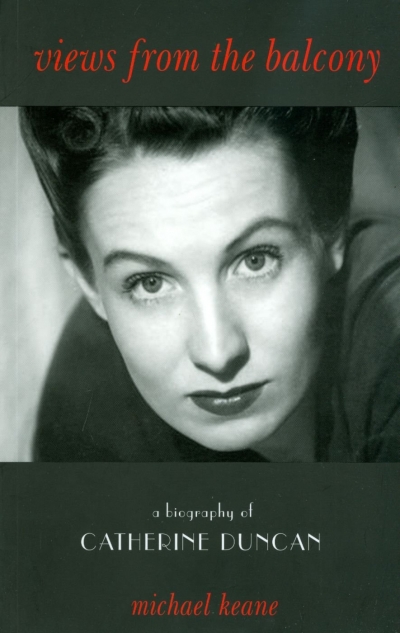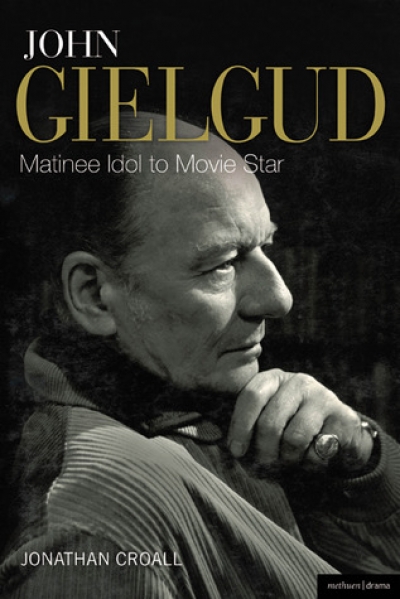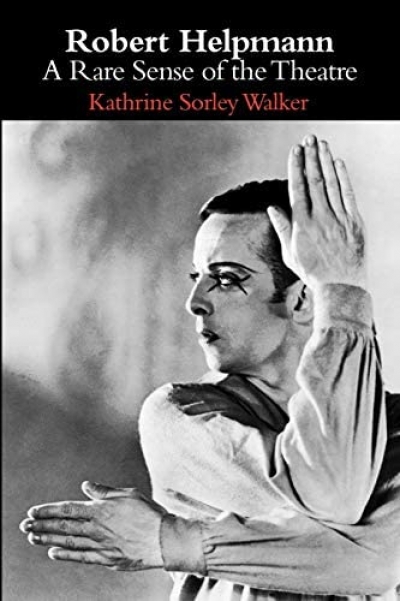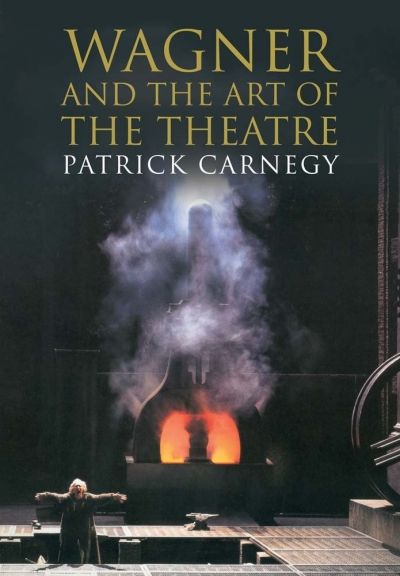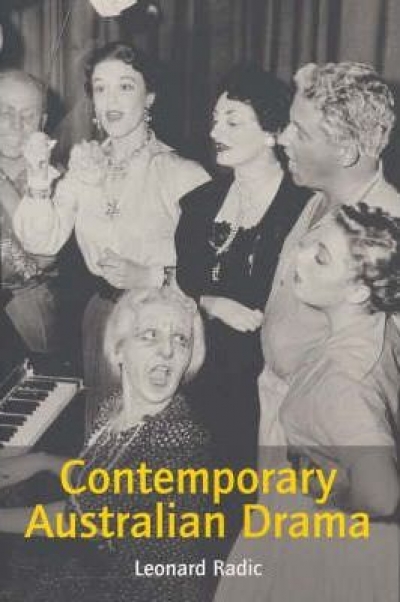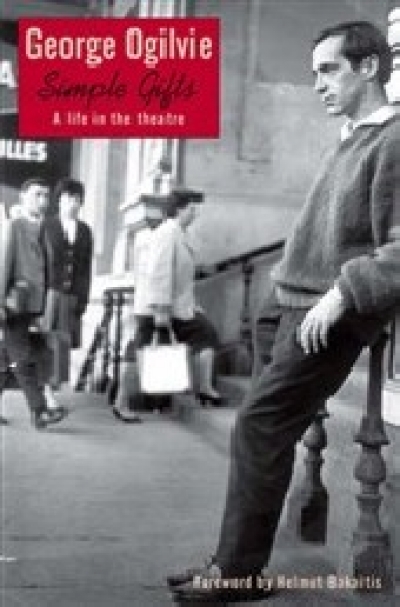Theatre
Views From The Balcony: A Biography of Catherine Duncan by Michael Keane
by Desley Deacon •
John Gielgud: Matinee Idol to Movie Star by Jonathan Croall
by Brian McFarlane •
Finishing the Hat by Stephen Sondheim & Sondheim on Music by Mark Eden Horowitz
by Michael Morley •
Talking Theatre: Interviews with Theatre People by Richard Eyre
by Michael Morley •
Robert Helpmann: A rare sense of the theatre by Kathrine Sorley Walker
by Lee Christofis •

